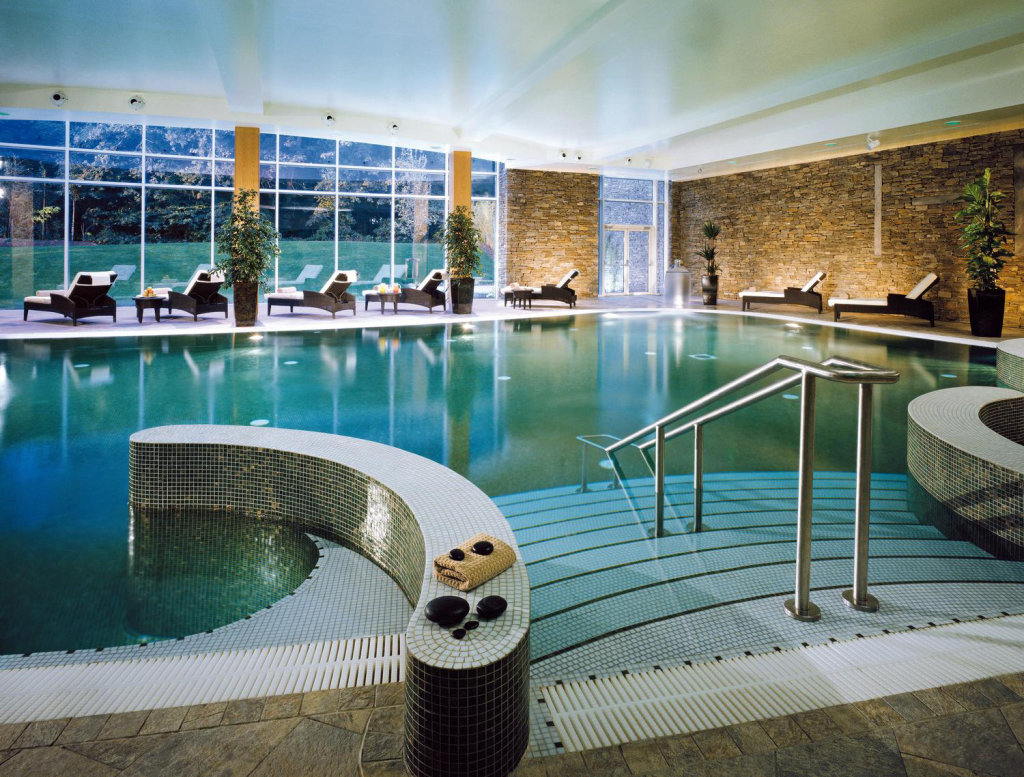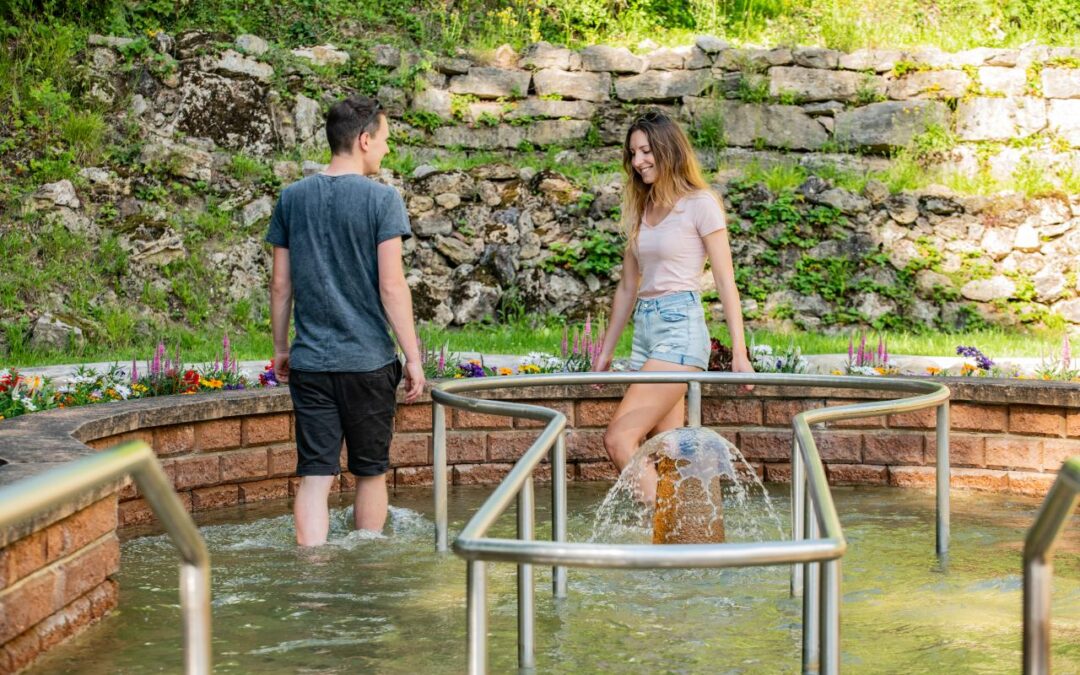Cold water therapy, particularly through cold immersion pools, has gained popularity for its numerous physical and mental health benefits. Athletes and wellness enthusiasts swear by its ability to reduce inflammation, improve circulation, and promote mental clarity. Setting up a cold immersion pool at home can offer you a convenient way to enjoy these benefits regularly.
Whether you’re looking for a simple DIY solution or a more advanced setup, this guide will walk you through the process. When thinking about setting up a cold plunge pool spa at home, you may envision a luxurious and therapeutic experience, but even a modest, well-planned setup can achieve similar benefits.
Understanding the Benefits of Cold Immersion Therapy
Cold immersion therapy, also known as cold-water immersion or hydrotherapy, involves submerging the body in cold water, typically around 50°F (10°C) or below, for a short duration. This exposure to cold water triggers various health benefits, such as reducing muscle soreness, lowering inflammation, boosting the immune system, and speeding up recovery times after physical exertion. It can also stimulate endorphin release, improving mood and reducing symptoms of anxiety and stress.
From simple solutions like repurposing a stock tank to investing in a specialized cold plunge system, the choice is yours based on your space, budget, and needs.
Choosing the Right Location for Your Cold Immersion Pool

The first step in setting up a cold immersion pool at home is selecting the right location. It’s essential to find a spot that is easily accessible but also comfortable for frequent use. Here are a few things to consider when choosing a location:
1. Indoor vs. Outdoor: You can install your cold immersion pool either indoors or outdoors, depending on your preference and available space. Outdoor setups can offer a natural, serene environment, especially if placed in a garden or on a deck. However, weather conditions can influence the water temperature, which may either enhance or complicate the experience. Indoor installations provide more control over the environment, but you’ll need proper ventilation to prevent humidity issues.
2. Access to Water Supply: Ensure the location has easy access to a water source, such as a hose or a nearby tap, to fill the pool. You’ll also want to make sure there’s a way to drain the pool, either by gravity or with the help of a pump.
3. Flat and Stable Surface: Your pool will need a sturdy, level surface to avoid uneven weight distribution, which could damage the structure of the pool or lead to accidents. For outdoor setups, ensure the ground is firm and well-prepared.
Deciding Between a DIY or Prefabricated Cold Immersion Pool
Once you’ve selected the ideal location, you’ll need to decide whether to build a DIY cold immersion pool or purchase a prefabricated model. Both options have pros and cons, and your choice will depend on your budget, skill level, and preferences.
1. DIY Cold Immersion Pool: For a budget-friendly and customizable option, many people opt for DIY cold pools. The simplest approach is using a stock tank or large container, such as a livestock trough or large bathtub, which can hold enough water for full-body immersion. You can fill it with cold water and ice manually, though you’ll need to monitor the water temperature and add ice as needed to maintain the desired coldness.
2. Prefabricated Cold Immersion Pool: If you prefer a more polished and hassle-free solution, you might consider purchasing a prefabricated cold immersion pool. These pools are designed specifically for cold plunge therapy and often come equipped with cooling systems, making it easier to maintain a consistent water temperature. While more expensive, they typically offer added features like filtration systems, temperature control, and safety elements.
Installing a Cooling System for Your Cold Pool
One of the critical aspects of a cold immersion pool is maintaining a consistently cold water temperature. For DIY setups, adding ice is the most straightforward method, but if you’re looking for a more efficient, low-maintenance solution, installing a cooling system is an excellent option.
1. Water Chiller: You can install a water chiller, which functions like an air conditioner for water, to keep the temperature consistently low. These systems are particularly beneficial for indoor setups where adding ice frequently may not be practical.
2. Ice Bath Method: If you don’t have a water chiller, manually adding bags of ice to the pool can still achieve the desired cold temperature. However, this approach requires ongoing effort and can be difficult to maintain if you want to use the pool regularly.
3. Insulated Pool: Whether using ice or a chiller, consider insulating your pool to keep the cold longer. This can be done with insulated covers or lining the pool with a material that minimizes heat transfer.
Maintenance and Cleaning of Your Cold Immersion Pool
Maintaining a clean and hygienic cold immersion pool is essential for safe and effective use. Regular maintenance ensures that your pool stays free from bacteria, algae, and other contaminants that thrive in stagnant water.
1. Water Filtration: For prefabricated cold immersion pools, a built-in filtration system can significantly reduce the amount of cleaning required. These systems keep the water circulating, filtering out debris and impurities.
2. Manual Cleaning: If your pool does not have a filtration system, you will need to clean it manually. This involves regularly draining and scrubbing the pool to prevent buildup. Additionally, use water sanitizers, such as chlorine or bromine, to help keep the water safe for use.
3. Water Changes: Regularly changing the water is necessary to prevent the buildup of bacteria. Depending on usage, aim to replace the water every week or two.
Safety Considerations for Cold Immersion Therapy
Cold immersion therapy, while beneficial, can be intense for beginners or people with certain health conditions. It’s important to start slow and listen to your body to avoid shock or injury.
1. Start with Short Sessions: If you’re new to cold immersion, begin with short dips of one to three minutes and gradually increase the duration as your body adjusts.
2. Monitor Temperature: Aim to keep the water temperature between 50°F and 59°F (10°C to 15°C) for safe and effective cold therapy. Anything below 50°F can be too extreme for most users and may lead to adverse reactions.
3. Consult a Doctor: for pre-existing health conditions, such as heart issues or circulatory problems, consult with a healthcare professional before using a cold immersion pool to ensure it’s safe for you.
By following these steps, you can set up a cold immersion pool at home that offers both convenience and a powerful wellness experience. Whether you’re seeking improved recovery after workouts, mental clarity, or relief from chronic pain, a cold immersion pool can become a valuable addition to your daily routine.

